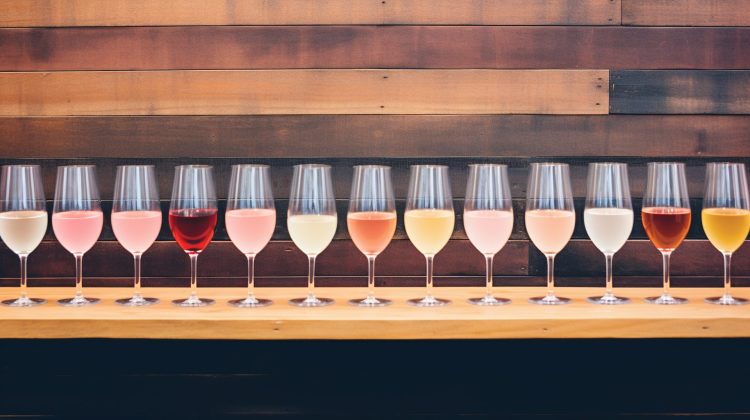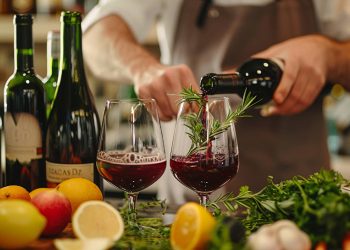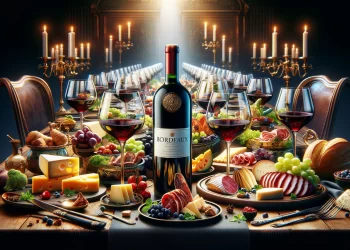With over 10,000 varieties of wine grapes worldwide, the art of wine appreciation can be an overwhelming experience. Our comprehensive guide presents an enlightening journey through the distinct types of wine. It will demystify the world of red, white, rosé, sparkling, and dessert wines, inviting you to become part of an international community of wine connoisseurs. Whether a novice or an expert, this guide is your ticket to a deeper understanding and enjoyment of wine.
Types of Wine
Stepping into the world of wine can be like embarking on a lifelong adventure. There’s always something new to explore among the different types of wine, each with its unique characteristics, flavors, and aromas. This guide will help you navigate the myriad options, from the robust, full-bodied reds like Cabernet Sauvignon and Merlot to the crisp and refreshing whites like Chardonnay and Sauvignon Blanc.
We’ll delve into the pink hues of Rosé, the effervescence of sparkling wines like Champagne, Prosecco, and Cava, and the sweet allure of dessert wines. We’ll also introduce you to the distinctive features of fortified wines and the increasingly popular ‘orange’ wine.
We aim to enhance your understanding and appreciation of this divine beverage and help you make the best choices, whether you’re a wine enthusiast looking to expand your horizons or a beginner wondering which starter wine to buy. So, pour yourself a glass and join us on this exciting journey through the fascinating world of wine.
Exploring the Variety in Red Wines
In exploring the varied world of red wines, we will focus on a few key types: Cabernet Sauvignon, Merlot, Pinot Noir, Syrah, and Zinfandel. These wines have unique profiles, tastes, and pairing possibilities. From the robust characteristics of Cabernet Sauvignon to the spicy notes of Zinfandel, understanding these differences enriches our wine-tasting experience.
Cabernet Sauvignon Characteristics
While Cabernet Sauvignon is known for its full-bodied texture and bold tannins, it also exhibits flavors of dark fruits such as cherries, blackberries, and plums, further enhancing its complexity and appeal. As a member of our wine-loving community, understanding the characteristics of Cabernet Sauvignon wine contributes to your sophisticated palate.
Yes, Cabernet Sauvignon is a red wine celebrated globally for its rich and robust flavors. Those new to the Cabernet Sauvignon taste might find it overwhelming initially, but once accustomed, it’s a taste journey you’ll relish. “What does Cabernet taste like?” can be answered as a harmonious blend of dark fruits, firm tannins, and a hint of oak. Embrace the elegance and complexity of Cabernet Sauvignon and feel a deeper connection to the world of fine wines.
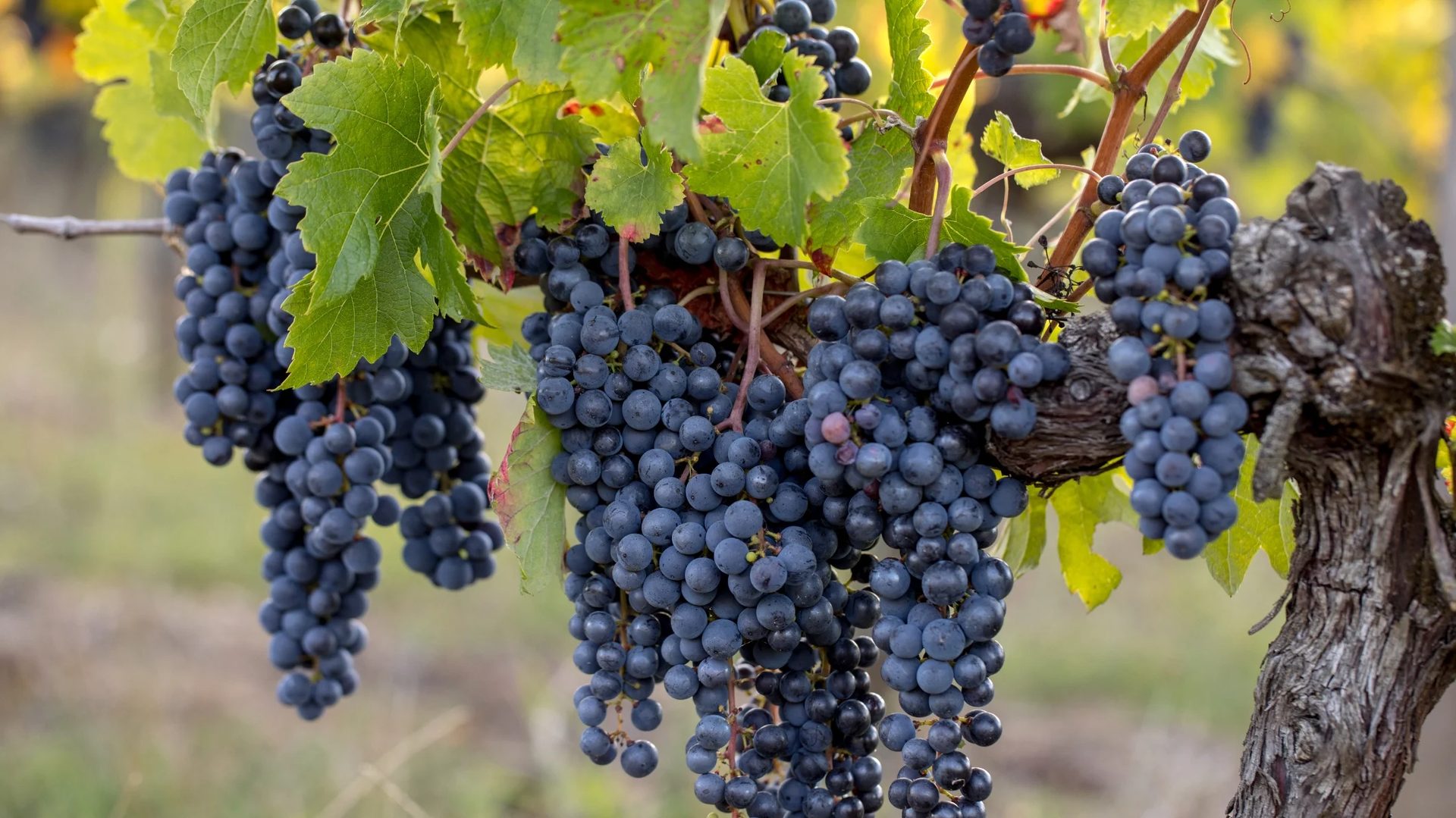
Merlot’s Unique Profile
Understanding Merlot’s unique profile involves appreciating its softer tannins, luscious fruit flavors, and surprising complexity, making it a versatile choice for seasoned wine enthusiasts and those beginning their journey into the world of red wines. As part of the family of red wine types, Merlot stands out with its bold yet approachable character, cherished within our wine lovers community.
The types of red wine are numerous, but Merlot’s distinctive qualities set it apart, enriching the red wine variety landscape. Merlot is a testament to the diversity and richness of wine varietals, inviting us all to delve deeper into the fascinating world of wine tasting, cultivating a sense of belonging as we explore and appreciate its unique profile together.
Pinot Noir Flavors
Delving into the flavors of Pinot Noir reveals a symphony of ripe cherry, raspberry, and elegant earthy tones, reflecting its delicate complexity and captivating charm in the realm of red wines. As we traverse our red wine types chart, this varietal stands out with its unique wine flavors, enticing novice and seasoned enthusiasts to its inviting bouquet.
Imagine yourself curled by a fireplace, sipping this exquisite pinot noir; the flavors sing a melody that leaves a lasting impression. So, what does red wine taste like? With its sophisticated and versatile profile, Pinot Noir offers a taste that was once familiar and comforting. It’s a testament to the diversification in types of wine and a journey worth embarking upon, for it invites one and all to experience a sense of belonging in the world of wine.
Syrah: Taste and Pairing
In contrast to the subtle charm of Pinot Noir, Syrah bursts onto the palate with bold, spicy notes and a full-bodied richness, making it a favored choice for those who crave intensity in their wine. Its complex flavors truly shine when paired with robust foods like grilled meats or spicy dishes.
As part of the red wine types, Syrah stands out for its distinct wine flavors and remarkable food and wine pairing abilities. It offers a sense of belonging to a community of wine lovers who appreciate daring taste experiences. The wine pairing possibilities with Syrah are vast, enhancing the culinary journey. Syrah’s rich, robust flavor profile makes it a versatile choice for food and wine pairing, inviting us all to explore and savor its intense character.
Zinfandel’s Spicy Notes
We’ve explored the bold richness of Syrah, and now we turn our attention to Zinfandel, another red variety known for its spicy notes and powerful personality. This type of red wine is a joy to the senses with its red wine color and Zinfandel’s spicy notes that dance on the palate.
Consider these three points about Zinfandel:
- Zinfandel sits high on the types of red wine chart for its bold, fruit-forward character, often bursting with jammy blackberry, cherry, and plum flavors.
- What is a dry red wine? Zinfandel falls into this category with its robust tannins and high alcohol content, often exceeding 15%.
- Zinfandel is typically aged in American oak, contributing to its spicy, vanilla-tinged finish.
Embrace the power and spice of Zinfandel, and deepen your connection to the rich tapestry of wine.
Red Wine’s Health Benefits
While Zinfandel certainly offers a rich and spicy experience, turning our focus to the health benefits of red wine reveals a different, yet equally rewarding, aspect of the world of viticulture. For beginners seeking to understand what is red wine, it’s not just about the diverse array of red wine names but also about its potential to boost your health.
With purported benefits ranging from supporting heart health to boosting longevity, red wine’s health benefits have been a topic of ongoing research. Interestingly, reds such as Pinot Noir and Madiran are often touted as the healthiest wine choices due to their higher levels of beneficial antioxidants. As part of our wine-loving community, let’s raise a glass to the remarkable world of red wine!
Aging Process in Reds
The aging process in reds often significantly alters their taste and complexity, but it also enhances their overall quality and value. A comprehensive red wine list would encompass different types of wine charts detailing the aging process of each variety.
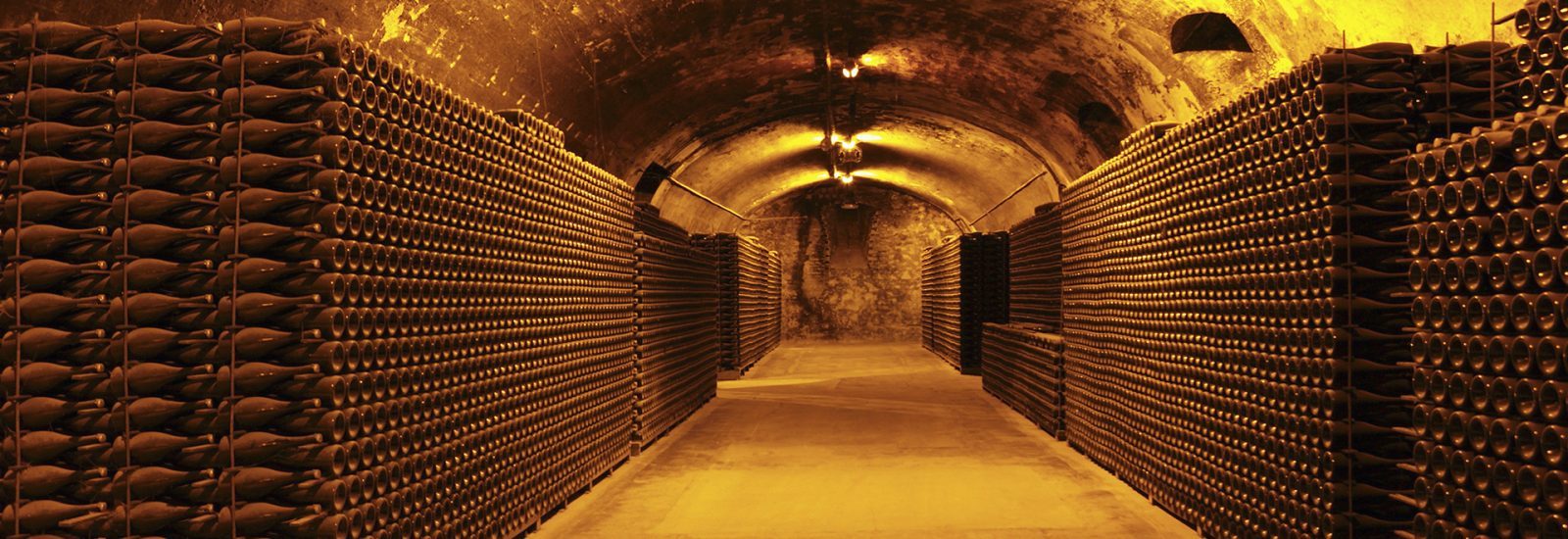
Notably, Cabernet Sauvignon grapes, known for their robust flavor, undergo a fascinating evolution during aging. The result is a more refined and sophisticated taste.
To better understand this process, consider the following:
- The red wine chart for a visual representation of the aging process.
- The types of wine chart to explore the diversity of reds.
- The role of specific grapes like the Cabernet Sauvignon in this process.
Together, we can appreciate the craftsmanship that goes into creating these wonderful red wines.
Ideal Red Wine Temperatures
The ideal temperature for serving different types of red wine can greatly enhance the tasting experience, bringing out the unique characteristics of each variety. To fully appreciate the range of red wine, sweet to dry, it’s essential to know what is good and how to serve it.
The types of wine grapes used can influence the ideal red wine temperatures, with lighter varieties preferring cooler temperatures and fuller-bodied wines enjoying a warmer environment. As part of our community, we want you to feel confident when making wine recommendations. Whether you’re a novice or a seasoned connoisseur, understanding the ideal temperature for each type of red wine will ensure that every glass is a sensory delight.
Diving Into the World of White Wines
We focus on white wines and find a rich tapestry of flavors and aromatic complexities. From the buttery fullness of Chardonnay to the crisp, grassy notes of Sauvignon Blanc, every varietal offers a unique tasting experience. Our exploration will also encompass the light and zesty Pinot Grigio, the varying sweetness in Riesling, and a brief introduction to other less-known but equally intriguing white varieties.
Understanding Chardonnay
Appreciation of Chardonnay begins with recognizing its unique characteristics, such as its rich, buttery flavor and its versatility in pairing with various dishes. As one of the most popular types of white wine, Chardonnay sits prominently on any wine types chart. Understanding Chardonnay involves acknowledging its diversity, as the flavor profile can greatly vary depending on the region and winemaking process.
- The richness of Chardonnay makes it one of the most beloved white wine varieties.
- Its versatility allows it to pair well with various foods, from seafood to poultry.
- The complexity of flavors, from fruity to oaky, offers a captivating experience for wine enthusiasts.
Flavors of Sauvignon Blanc
In exploring white wines, we now move on to Sauvignon Blanc’s vibrant and expressive flavors, known for its refreshing acidity and distinctive herbal notes. This variety of wine, reflected in a comprehensive wine flavor chart, offers an array of flavors of wine that stimulate the palate.
Navigating through the world of white wine types can be an enriching journey. This journey can guide you toward understanding what is white wine. Sauvignon Blanc, one of the classic wine varieties, is renowned for its crisp, dry, and refreshing character. Its unique flavor profile, ranging from zesty lime to bell pepper and passion fruit to peach, makes it a versatile companion to a myriad of dishes. Connect with us as we continue to unravel the fascinating world of wines.
Appreciating Pinot Grigio
Delving into the nuances of Pinot Grigio allows us to appreciate its light, crisp flavors and its versatility in pairing with various dishes. This gem, often asked about as ‘is Pinot Grigio sweet,’ is a dry wine with a hint of sweetness that makes it remarkably approachable.
Appreciating Pinot Grigio involves understanding its characteristics:
- Aromatics and Flavors: Showcasing vibrant citrus and pear notes with subtle floral undertones.
- Sweetness Level: Contrary to the frequent question, ‘Pinot Grigio sweet or dry,’ it’s typically dry with a slight sweetness that balances its acidity.
- Food Pairing: Excelling when paired with seafood, chicken, and light pasta dishes.
Looking at a white wine types chart, you’ll realize Pinot Grigio’s distinct position among different types of wine. It offers a sense of belonging for those embarking on their wine discovery journey.
![Your Comprehensive Guide to Different Types of Wine 4 Guide: Types of Wine - As of 2004, Riesling was estimated to be the world's 20th most grown variety at 48,700 hectares (120,000 acres) (with an increasing trend),[2] but in terms of importance for quality wines, it is usually included in the "top three" white wine varieties together with Chardonnay and Sauvignon blanc.](https://encyclopediawines.com/wp-content/uploads/2023/09/riesling-area.jpg)
Sweetness in Riesling
Why does the sweetness in Riesling vary so dramatically from one bottle to another, even when they’re produced in the same region? The answer lies in the wine sweetness scale, an intricate balance of sugar and acidity.
Riesling, a sweet white wine, can range from dry to sweet, depending on the winemaker’s choice. This variance in sweetness can be easily visualized on a wine sweetness chart. Factors such as harvest time, fermentation, and the winemaker’s personal style can alter the wine’s sweetness. For those who desire belonging in the world of wine connoisseurs, it’s important to understand this scale, and the versatility of sweet wine types like Riesling, which can range from white wine dry to sweet.
Exploring Other White Varieties
Expanding our palates beyond the familiar Riesling, our wine journey now takes us to explore other white varieties, offering a rich tapestry of flavors and aromas that the world of white wines has to offer. This educational journey will broaden your white wine chart and deepen your understanding of different wine types.
From the crispness of Italian wine to the complexity of other wine grape varieties, the world of white wine is vast and diverse. To guide us on this journey, consider the following:
- Consult a white wine sweetness chart to understand the variations in taste.
- Study the climate and geography of the region where the wine is produced.
- Experiment with pairing these wines with different foods to appreciate their unique profiles fully.
Welcome to our inclusive community of wine enthusiasts.
White Wine Pairings
In our current discussion on white wine pairings, we will explore seven key principles of matching white wines with food and discover how the wine’s acidity, sweetness, and flavor intensity can either complement or contrast with the dish. We will delve into the art of wine-food pairing, helping you discern which grapes best suit different kinds of wine.
Whether you’re a connoisseur or a novice eager to enhance your culinary experiences, understanding wine pairings with food can greatly enhance your dining experience. By the end of this discussion, you’ll be equipped with the knowledge needed to make informed choices about white wine pairings, confidently selecting the perfect bottle to complement your meal.
Understanding Rosé and Its Range
Rosé wine, with its distinct pink hue and versatile flavor profile, offers a unique experience to wine enthusiasts. It’s essential to understand the process of rosé wine production, its pairing with various food types, and its rising popularity in the global market. Furthermore, discerning the quality of rosé can significantly enhance your tasting experience.
Rosé Wine Production
Delving into the complexities of rosé wine production reveals a fascinating process combining red and white winemaking elements. This delicate blend, featured prominently on our list of wines, offers a unique array of wine names to explore.
- Skin Contact Method: This is the most common method, where the grape skins are left in contact with the juice for a short time.
- Saignée Method: This involves ‘bleeding off’ a portion of red wine juice after it’s been in contact with the skins and seeds.
- Blending Method: This is simply mixing red and white wine, though it’s not common in many regions.
Understanding these different wines and their production methods fosters a sense of belonging and appreciation for the intricate world of winemaking.
Rosé Flavor Profile
Exploring the flavor profile of rosé reveals a diverse spectrum of tastes, from the subtle notes of grapefruit and melon to the more pronounced hints of strawberry and rose petal, each offering a unique sensory experience. This exploration is not merely about discovering different types of grapes used in their production but about understanding the artistry of creating various kinds of wine.
The wine color, an enticing pink hue, can range from pale to vibrant, reflecting the wine’s character. The rosé flavor profile is formed by the blend of these grapes, their origin, and the winemaking process, including wine alcohol content. As connoisseurs or new enthusiasts, we all belong to the global community celebrating the complexity and beauty of rosé.
Pairing Food With Rosé
Understanding the nuances of pairing food with rosé can elevate both the culinary and wine experience, as it allows for a harmony of flavors and an enhancement of the chosen dish’s characteristics. Rosé, unlike several different types of red wine, tends to be versatile, making it a good wine for beginners exploring the wine and food pairing landscape.
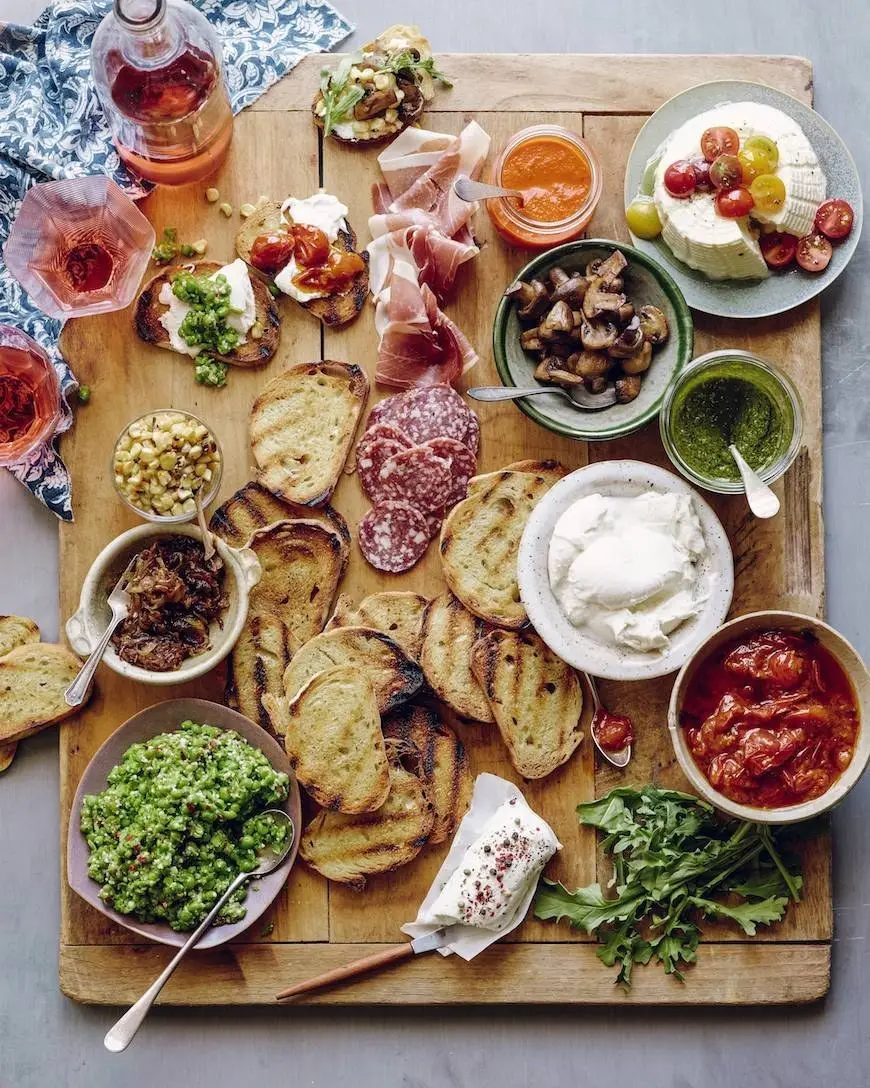
To ensure an optimal experience, consider the following:
- The wine alcohol percentage which can dictate the intensity of flavors.
- The specific flavor profile of the rosé, ranging from dry to sweet.
- The dish’s ingredients, as some may complement or clash with the wine’s characteristics.
Ultimately, pairing food with rosé is a journey of discovery, fostering a sense of belonging among wine lovers and food enthusiasts alike.
Rosé’s Global Popularity
Rosé’s global popularity is a testament to its versatile appeal, with countries from France to Australia producing unique variants of this beloved wine. The wine color, ranging from a subtle pink to a deep red, reflects the wide array of red wines used in its making. This versatility has contributed to rosé’s global popularity, as it caters to various palates and preferences.
Names of wine, especially the list of red wines, often intimidate novice enthusiasts. Yet, the rosé category invites them in, providing a sense of belonging. Whether you prefer a light blush or a robust ruby, the rosé world embraces you. Its global popularity is not just about taste but also about inclusivity.
Choosing Quality Rosé
Although rosé is often seen as a more casual wine, selecting a quality rosé involves consideration of factors such as the grape variety, region of origin, and production method. Similar to how a wine chart can guide you in choosing between a cabernet sauvignon dry or sweet, a similar approach is needed when selecting rosé.
- Understand the grape variety: Rosé can be made from any red grape. Familiarize yourself with different types to gauge your preference.
- Consider the region: The climate and characteristics of the wine’s origin can greatly affect its taste.
- Evaluate the production method: Whether it’s the highest alcohol content wine or a home attempt at how to make grape wine, the production process influences the final product.
The Celebration Staple: Sparkling Wines
Sparkling wines, often associated with celebrations, undergo a unique process that sets them apart. The three most popular variants—Champagne, Prosecco, and Cava—each offer distinct profiles, making them suitable for different food pairings. Understanding how to discern quality in these effervescent wines is crucial for anyone looking to enhance their wine knowledge and appreciation.
Sparkling Wines’ Unique Process
The unique process of producing sparkling wines involves a second fermentation in the bottle, creating the distinct bubbles that make these beverages a favorite for celebrations. This process, while complex, can be simplified to three main steps:
- Primary fermentation: The first step in how to make wine, where sugar is converted into alcohol.
- Bottling and second fermentation: The secret behind how to make your wine sparkle. A mixture of yeast and sugar is added before sealing the bottle, inducing a second fermentation.
- Aging and riddling: Essential to homemade wine creation, this process involves rotating the bottles to consolidate sediment, enhancing flavor.
In-home winemaking, mastering these steps can empower you to create an intimate, shared experience.
Champagne Vs Prosecco Vs Cava
While Champagne, Prosecco, and Cava are all types of sparkling wine, each has its unique taste and production process, and understanding these differences is key to selecting the right bottle for your celebration. On the wine scale, Champagne, crafted in France, commands respect due to its prestigious production process.
With its light, fruity notes, Prosecco is Italy’s answer to sparkling wines. Cava, native to Spain, offers an affordable yet sophisticated option. The vintage chart and wine vintage chart can guide you in identifying the best years for each type. The alcohol content of wine, or wine ABV, also influences taste and quality. Join our wine-loving community to explore these sparkling wines further.
Pairing Food With Sparkling
Often, people struggle with pairing food with sparkling wine, but with enough practice and knowledge, it can become a delightful culinary adventure. The secret lies in understanding the grape types used in making the wine and how certain foods can enhance their flavors.
- Wine with Grapes: Experiment with the grape types in your sparkling wine. The flavor profiles can greatly enhance your dining experience.
- Make Your Own Wine: Learn how to make homemade wine. This gives you control over the grape types and allows for unique pairings.
- Pairing Food with Sparkling: Experiment with different foods. Salty or fatty foods often pair well with the acidity of sparkling wines.
Choosing Quality Sparkling Wines
In selecting a quality sparkling wine, one must consider aspects such as origin, grape variety, and production method to ensure a superior tasting experience. Understanding the wine dryness scale aids in this process. Dry white wine types, like Chardonnay, are often preferred for their crispness. However, the opposite of dry wine, such as Moscato, offers a sweeter alternative.

The production method significantly influences the taste and quality of the sparkling wine. Traditional method sparkling wines usually contain more complex flavors due to their second fermentation in the bottle. Lastly, consider how much alcohol is in the wine; higher alcohol content can intensify the taste. With this knowledge, you’ll be well-equipped to choose quality sparkling wines, enhancing your social gatherings and adding a touch of sophistication to your lifestyle.
Sweet Endings: Dessert Wines
Transitioning from the effervescence of sparkling wines, we now focus on the rich complexity of dessert wines. As we explore the diverse variety of these sweet libations, we’ll also discuss how best to pair them with your favorite desserts. Additionally, we will shed light on the unique production methods that contribute to the distinct flavor profiles of dessert wines.
Dessert Wines Variety
Exploring the variety of dessert wines, one can discover a wide range of sweetness levels, flavors, and styles. These wines, designed to compliment the sweetest endings, offer various options for every palate.
The dessert wines variety includes:
- Late-harvest wines are some of the sweetest due to their extended ripening period.
- Fortified wines, the sweetest red wines such as Ruby Port, are renowned for their rich, intense flavors.
- Ice wines are unique in their production as they are made from grapes frozen on the vine, resulting in a highly concentrated sweet wine.
Understanding what a sweet wine is and exploring the different types broaden our appreciation of these delightful ends to our meals. So, let’s toast to sweet endings and new wine discoveries!
Pairing Dessert Wines
With an understanding of dessert wines, we now delve into pairing these sweet wines with delectable desserts, enhancing the overall dining experience. The sweetest wine, often termed ‘sweet wine,’ is typically a dessert wine, harmonizing perfectly with sweet treats. The sweetest white wine might be a late harvest Riesling, its natural sweetness balancing with desserts like apple pie.
It’s crucial to remember that not every sweet or ‘sweet’ wine is suitable for every dessert. The rule of thumb is that the wine should be sweeter than the dessert. This prevents the wine from tasting bitter or sour. So, if you’re wondering which wines are sweet and ideal for pairing, consider dessert wines like Port, Sauternes, or Moscato.
Making Dessert Wines
Diving into the process of making dessert wines, it’s important to note that these wines obtain their sweetness through various methods, often relying on late grape harvests, noble rot, or the addition of spirits. This is the basis of how to make wine from grapes. Here, we are part of a community that appreciates the art of making wine at home.
Making wine from grapes involves these three key steps:
- Harvesting: Select ripe grapes, emphasizing timing for sugar concentration.
- Fermentation: Different techniques, such as noble rot, are used to enhance sweetness.
- Fortification: Optionally add spirits to intensify the flavor and increase the alcohol content.
This simple grape wine recipe is your gateway to a rewarding hobby and a rich community of home winemakers. Master how to make wine with grapes and create your unique dessert wine.

